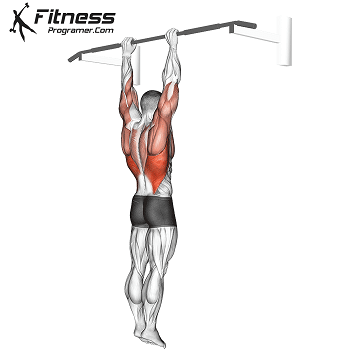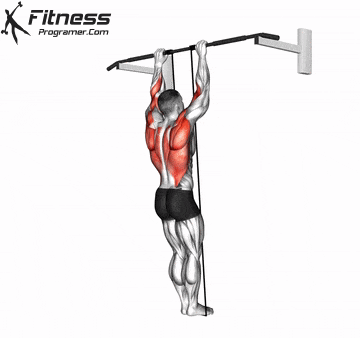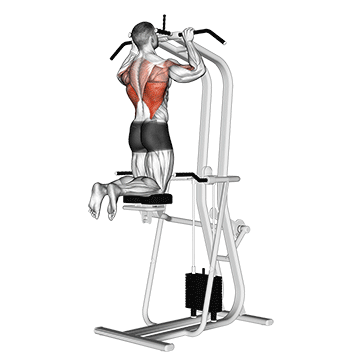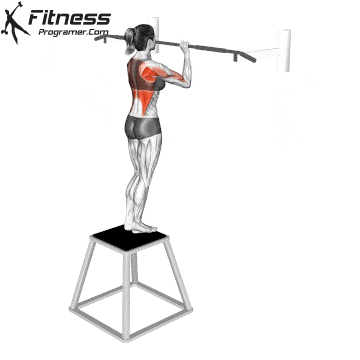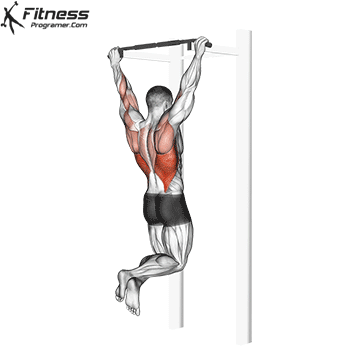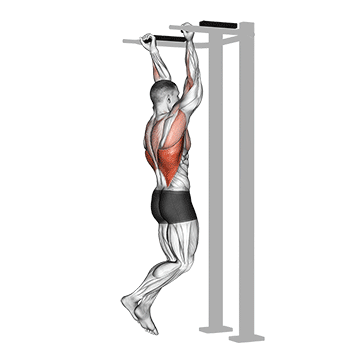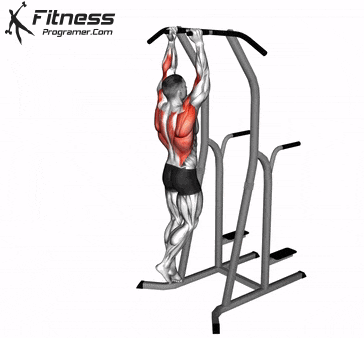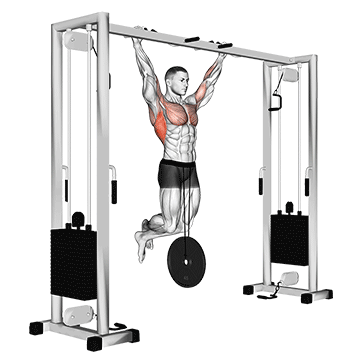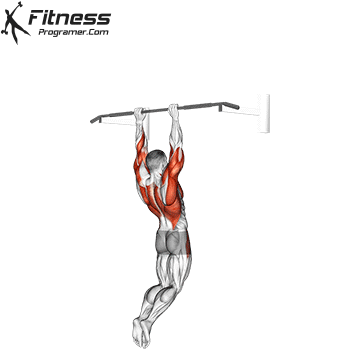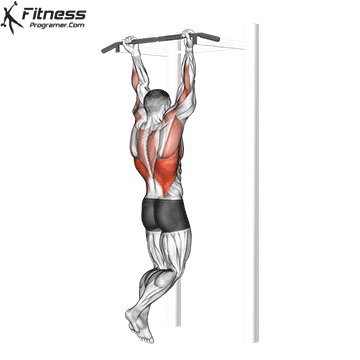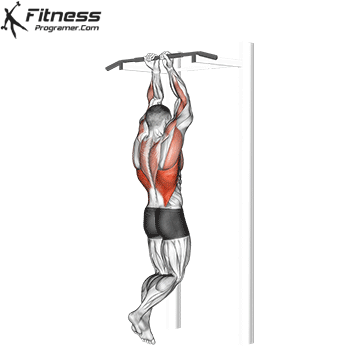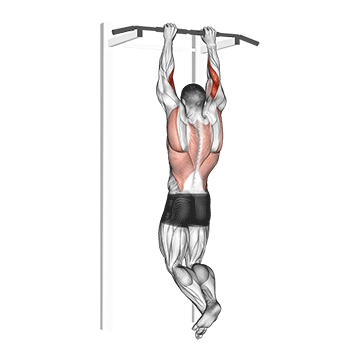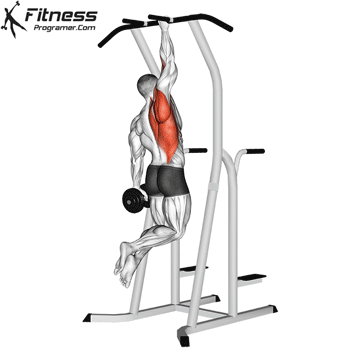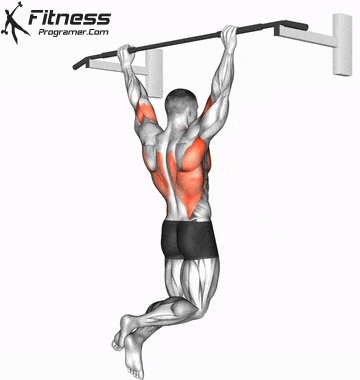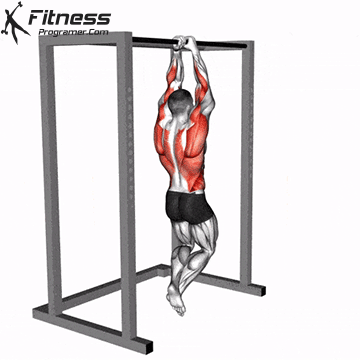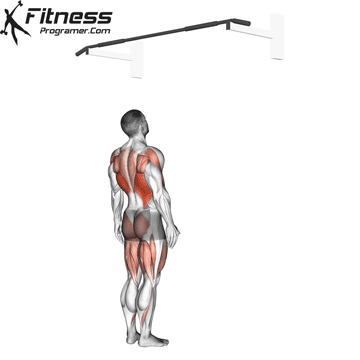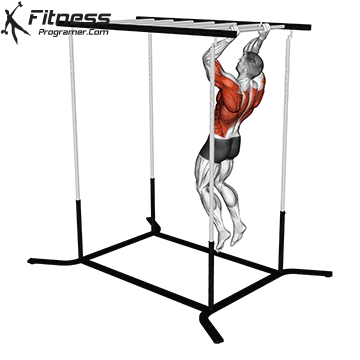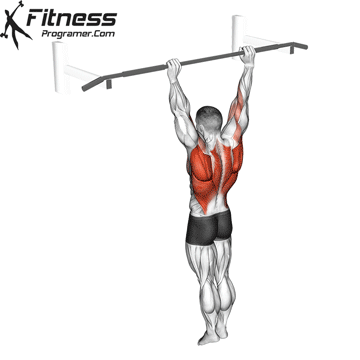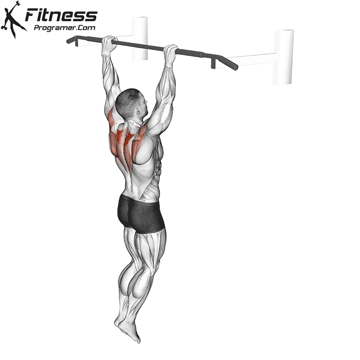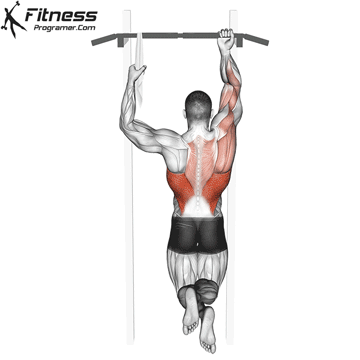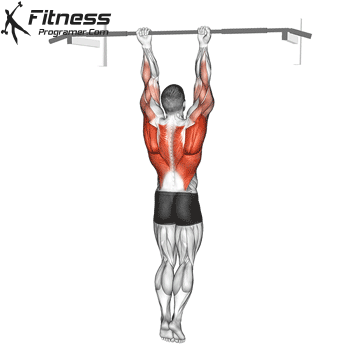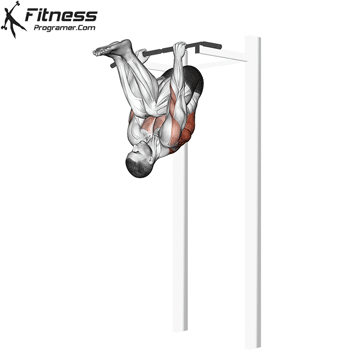Overview
The isometric pull-up is a variation where the athlete holds their body in a fixed position at a specific point of the pull-up. This can be done at the top (chin above the bar), mid-range (elbows at 90 degrees), or bottom (scapular retraction without pulling up). This method builds time-under-tension, improves neuromuscular control, and strengthens the muscles involved in the full pull-up. It develops joint stability, muscle endurance, and the strength necessary for advanced calisthenics and weighted pull-ups.
How to do Perform Isometric Pull-Up
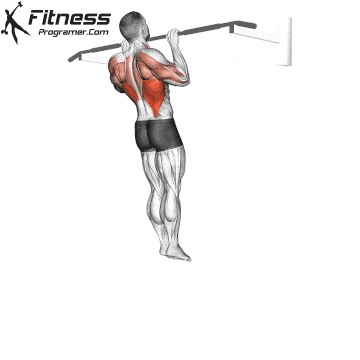
Grip the pull-up bar with your hands shoulder-width apart, palms facing away (pronated).
Pull yourself to the desired position (top, middle, or near-bottom).
Hold the position by engaging your back, arms, and core muscles.
Maintain a still posture without swinging or moving for 10–30 seconds.
Lower with control or drop safely if fatigued.
Repeat for multiple sets, depending on your training goal.
Tips for Proper Form
Keep the core tight to prevent swinging or sagging.
Start at a position you can hold, such as a 90-degree elbow bend.
Breathe shallowly and steadily throughout the hold.
Engage the lats and scapulae fully to avoid relying only on arms.
Use a timer to ensure progressive overload and consistent holds.
Common Mistakes
Holding the breath, which limits endurance and increases strain.
Allowing the body to sway, reducing the effectiveness of the isometric hold.
Shrugging the shoulders, which can strain the neck and reduce lat activation.
Choosing an unrealistic position, leading to poor form or early failure.
Neglecting progressive overload, by holding the same duration every time.
Benefits of the Isometric Pull-Up
Builds Static Strength: Holding a fixed position under tension improves muscular endurance and joint control.
Improves Pull-Up Performance: Strengthens weak points in the range of motion by focusing on sticking points.
Increases Time Under Tension: A valuable stimulus for hypertrophy and neuromuscular adaptation.
Strengthens Core and Grip: Maintaining posture under load challenges the core and forearm muscles.
Enhances Control and Body Awareness: Teaches positioning and stillness needed for calisthenics and advanced skills.
Versatile for All Levels: Easily scaled by changing hold position, duration, or assistance.
Low-Impact on Joints: No repetitive motion means less stress on elbows and shoulders compared to reps.
How to Incorporate Into Your Routine
- For Beginners: Use band assistance or hold the top position for 10–15 seconds, 2–3 sets.
- For Hypertrophy: Add 20–30 second holds after regular pull-up sets to increase fatigue.
- For Strength: Perform mid-range holds with added weight (vest or belt) for 10–15 seconds.
- For Functional Training: Use isometric holds between dynamic exercises to build stability.
- For Circuit Training: Include as a burnout or static hold station in a bodyweight circuit.
- For General Fitness: Use once or twice a week to reinforce grip and upper back strength.
- For Calisthenics or Gymnastics: Pair with advanced moves like front levers or archer pull-ups for skill carryover.
Isometric Pull-Up Muscles Worked
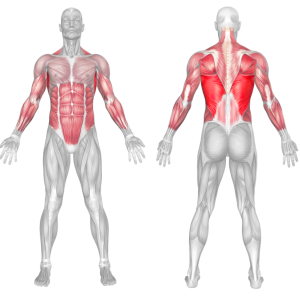
Isometric Pull-Up Variations
Frequently Asked Questions
What’s the best position to hold in an isometric pull-up?
Start at mid-range (elbows at 90 degrees). Advanced athletes can hold near the top or bottom for specificity.
How long should I hold?
Beginners: 10–15 seconds. Intermediate: 20–30 seconds. Advanced: 30 seconds or more.
Can isometric pull-ups replace dynamic pull-ups?
They’re a complement, not a replacement. Use them to build strength and improve weak points.
Are they safe for my joints?
Yes, when performed with proper alignment and progressive loading.
Can I use bands or support?
Yes. Beginners should use bands or toe assistance to build endurance safely.

